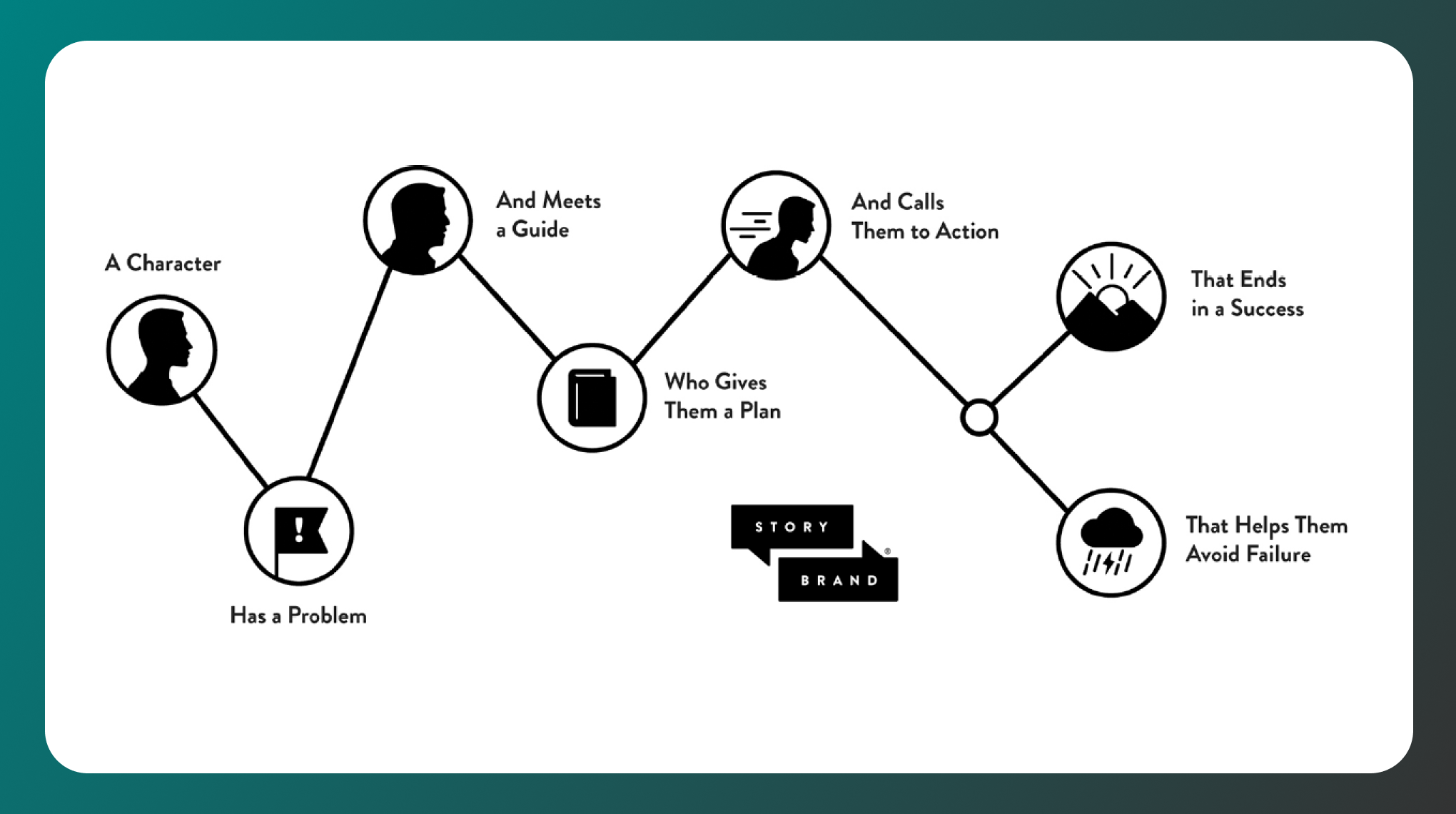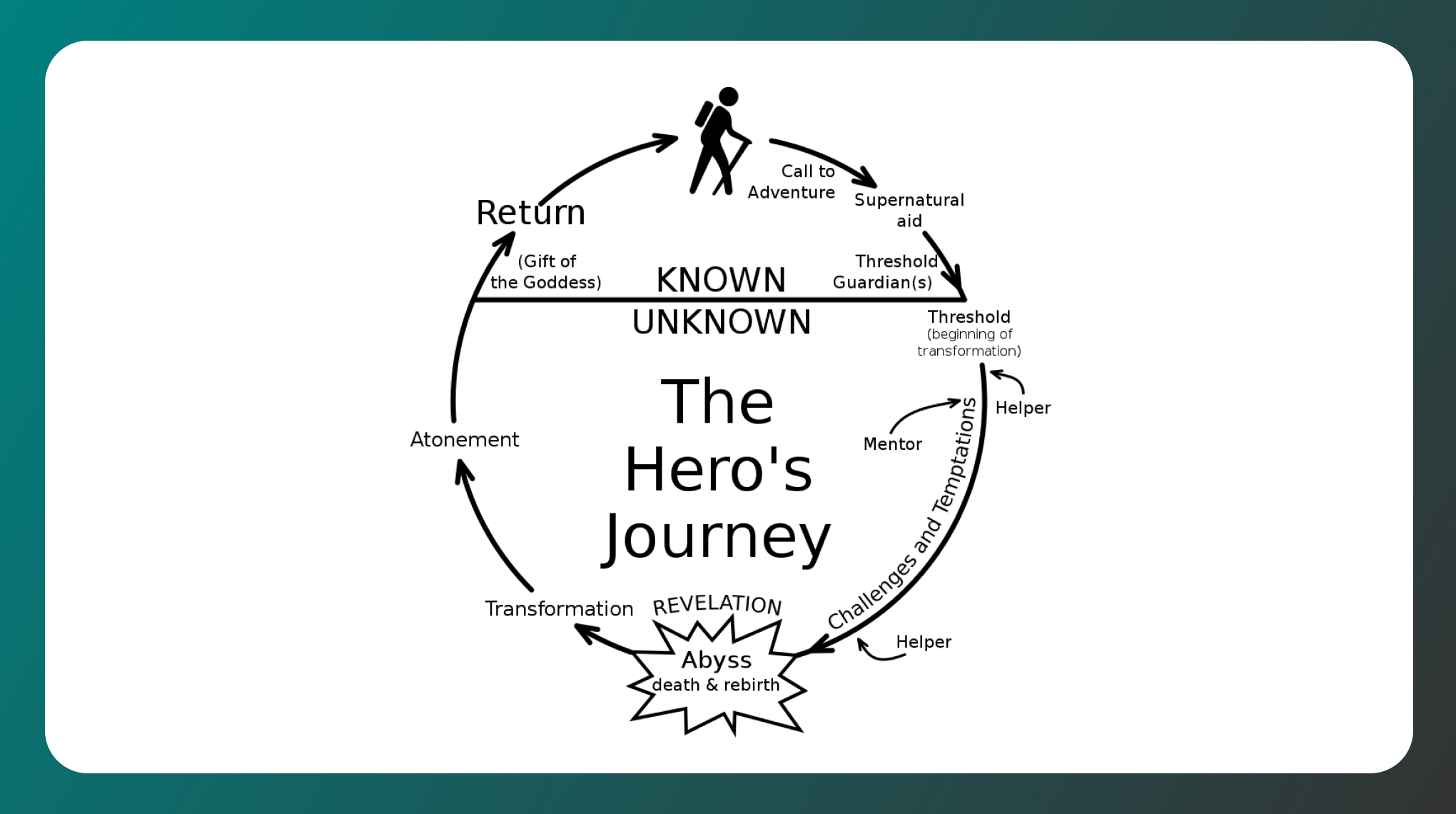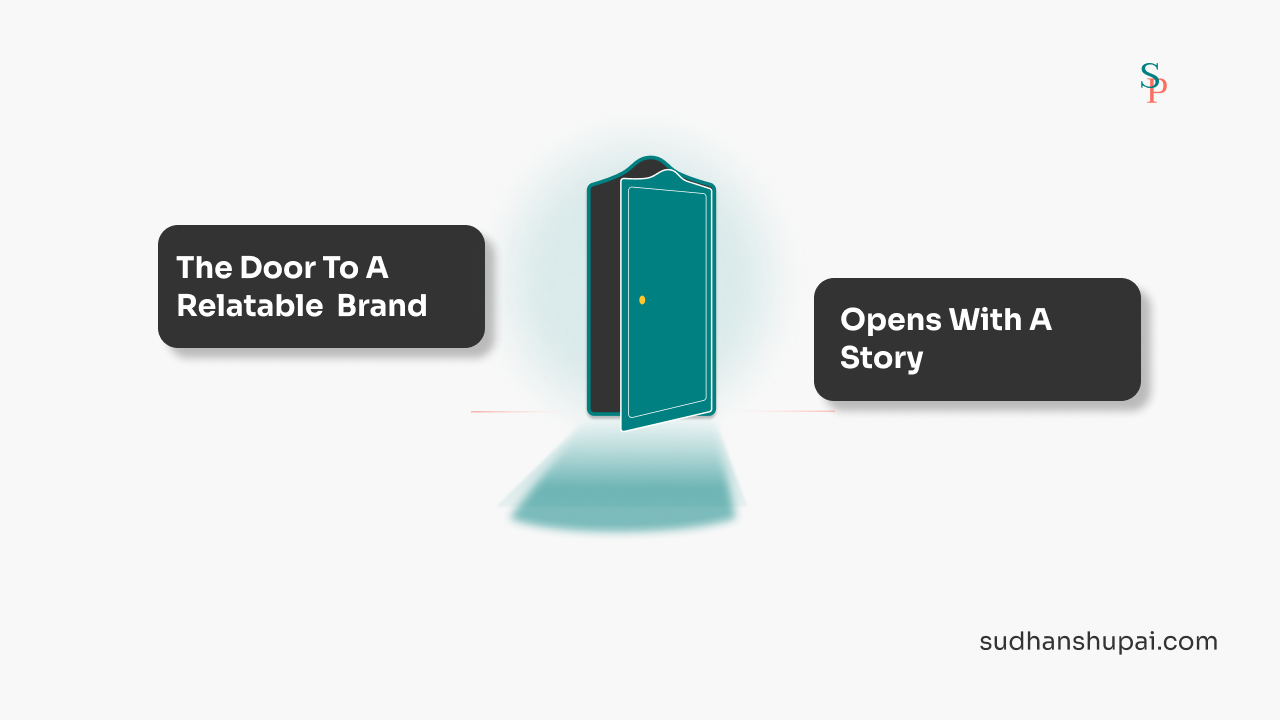How to Craft a Compelling Brand Story
What do people know you as? What’s your story? Why did you start creating? A brand story answers all these questions and sets the narrative for your brand’s actions & how people look at you.
It is also a fact that people are wired to remember stories rather than straight facts. But the sad truth is marketers focus on getting the content right when they should get the story right.
With the right brand story, the content writes itself.
In this essay, I’ll give you 3 methods for writing a brand story that will make your brand relatable & memorable.
Feel free to skip around, but if you can wait, I’ll show you why the story you are telling may suck.
Let’s get into it
↓
Why your brand story may suck
Most creator’s brand stories suck. As cliché as that sentence sounds, it’s true.
A story that sucks = a brand not worth remembering
and that happens for 3(+1) reasons
- they make the story about themselves
- they over-emphasize facts
- don’t show vulnerability
- don’t show a journey
But don’t worry… I’ve written quite a few brand stories back in my writing days. I’ll give you the 3 methods that I’ve used most often and gotten the greatest results in building reputation and reliability.
3 Methods to tell your brand story
There are many scientifically proven story frameworks out there. Most of them are being used by Authors, screenwriters, or playwrights.
This is not that different because a good movie or a story places the reader or listener right into the world you are building.
A good backstory places the reader smack dab in the middle of the world you live in or want to live in.
Here are 3 frameworks
- For the offer-focused brand
- For the before-after brand
- For the personal narrative brand
1. The SB7 Framework (Offer focused brand story)

This framework comes from what I consider to be a brand builders bible – Building a Storybrand by Donald Miller.
As the name suggests, this story has 7 parts which when glued together build a cohesive marketable brand story that tells the reader everything about your brand
- The character (your audience)
- has a problem (the obstacle)
- and meets a guide (you)
- who gives them a plan (your offer)
- and calls them to action (tell them how to get it)
- that helps them avoid failure (avoid obstacles & future roadblocks)
- and ends in success (the positive results)
This framework puts you in the position of a guide to your readers… making your reader or audience the Main Character in that story. But this only works when you know deep aspects of your audience’s journey… so stalk them before you write this.
Marie Forleo and Tony Robbins are huge examples of this.
Marie Forleo:
- Character: The audience is the hero; Marie Forleo serves as the guide.
- Problem: Lack of clarity, motivation, or direction in life or business.
- Solution: Marie provides guidance, resources, and inspiration through her content and programs.
- Success: The audience achieves personal and business success by implementing Marie’s advice.
Tony Robbins:
- Character: The audience is the hero; Tony Robbins serves as the guide.
- Problem: Challenges in achieving personal and financial success.
- Solution: Tony provides motivational coaching, tools, and strategies for personal development.
- Success: The audience achieves breakthroughs and transformation in their personal and professional lives.
2. The Hero’s Journey (Before-After Brand story)

This is one of the most popular story structures even used by Hollywood movie writers. The most notable examples are Harry Potter, Star Wars, and The Lion King.
The story follows a 3-ACT story structure with 12 major events:
1. Act 1
- The Ordinary World (your current state)
- The Call to Adventure (you see opportunity)
- Refusing the Call to Adventure (you dismiss going out of the comfort zone)
- Meeting the Mentor (you meet someone who is living the way you want)
- Crossing the Threshold (you agree to leave your current state & pursue the adventure)
2. Act 2
- Test, Allies, and Enemies (you are met with obstacles)
- The Ordeal, Death & Rebirth (you face the obstacles & transform )
- The Reward (you achieve the goals fulfilling the call to adventure)
3. Act 3
- The Road Back (you comeback after winning)
- Resurrection (you achieve a balance between who you were and who you are)
- Return With the Elixir (you’ve got your goal & are free to live the way you want)
This story structure can be written from both the audience and your POV. And works especially well if your main job is that of a content creator or a stand-alone personal brand as a part of an organization.
Elon Musk, J.K. Rowling & Richard Branson are at the top of the list of people who use this framework to share their stories.
Elon Musk
- Call to Adventure: Pursuing ambitious goals in the tech and space industries.
- Initiation: Facing setbacks, failures, and overcoming challenges.
- Return: Revolutionizing electric cars, space travel, and renewable energy.
J.K. Rowling
- Call to Adventure: Writing the Harry Potter series amid personal struggles.
- Initiation: Overcoming rejection and achieving literary success.
- Return: Using fame and wealth for philanthropy and advocacy.
Richard Branson
- Call to Adventure: Entrepreneurial ventures, including Virgin Records and Virgin Atlantic.
- Initiation: Navigating business challenges and disruptions.
- Return: Philanthropy, space exploration, and promoting social and environmental causes.
3. The Founder Story (The Narrative Brand story)
This is the story structure Justin Welsh uses on his website. A 7-part structure that shows more of your human side with hints of vulnerabilities.
- The obstacles
- The internal struggle
- The external struggle
- The change event
- The spark
- The guide
- The result
This story starts with obstacles… something like Hating 9-5, or facing burnout or being lost. Unlike other frameworks, this isn’t an audience-centric story… this is completely YOU-centric and talks about your transformation to get out of a situation you hated. And people will relate to that experience of yours.
You can check out this article by Justin to get a full picture of this structure. Just click here.
💡 But no matter what structure you use, remember that your brand story always has 3 main ingredients
- Status quo
- Conflict
- Resolution
Your character was tired of living the normal life so they fought and got a better world.
As simple as that.
Your Game Plan to Write Your Brand Story
Don’t just pick a story structure randomly. Every Brand Story has an audience fit.
Step 1: Identify your narrative.
Are you a rag to riches kinda story? Or are you a I can help you do X kinda story? or are you an I used to be “this” now I’m “this” story?
Step 2: Pick the structure that fits the narrative
Step 3: Right the story by filling the gaps.
Take each story structure and fill each stage with events, emotions, and explanations.
A Few Great examples
You can see a great deal of creators and companies having the most captivating brand story there are. And you can probably go on a SEARCH SPREE to find that rabbit hole.
But here’s a few of my favorites you can check out and take inspiration from (DO NOT COPY)
Takeaway
A good story helps you share
- Your brand journey,
- your brand experiences,
- your motivation,
- your values and
- your offer
with an individual or a group in a way that makes you relatable and memorable to your audience.
Because it conveys your intent and emotions, ultimately humanizing your digital presence. And people love connecting with people over stories because they can place themselves in your world and experience what you feel.
Be honest, be authentic, be human.
That makes you unique.
